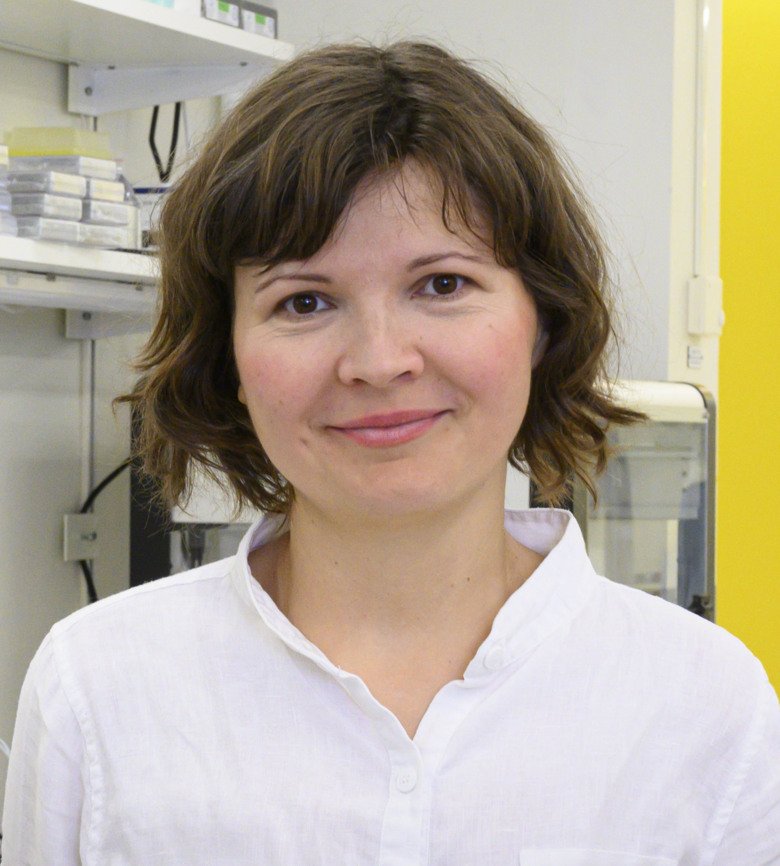New diagnostic method finds aggressive tumours
Researchers at Karolinska Institutet have developed a new cheap method that can identify highly heterogeneous tumours that tend to be very aggressive, and therefore need to be treated more aggressively. The technique is presented in the scientific journal Nature Communications.

A common feature of cancer cells is alterations in the number of copies in which each chromosome or gene is present in the genome – a phenomenon known as copy number alterations or CNAs. Within the same tumour, cells belonging to different anatomical parts of the tumour may carry different CNAs. Tumours with many CNAs are typically very aggressive and tend to reform more often, even after harsh treatments.
New genomic method
Now, the Bienko-Crosetto Laboratory at Karolinska Institutet and Science for Life Laboratory (SciLifeLab) in Sweden have developed a new genomic method, named CUTseq, which can assess the amount and type of CNAs in many different parts of the same tumour, at a much lower cost than existing technologies.
“I expect that CUTseq will find many useful applications in cancer diagnostics,” says Nicola Crosetto, senior researcher at the Department of Medical Biochemistry and Biophysics, Karolinska Institutet, and one of the senior authors of the paper. “Multi-region tumour sequencing is going to be increasingly used in the diagnostic setting, in order to identify patients with highly heterogeneous tumours that need to be treated more aggressively. I believe that our method can play a leading role here.”
The method works with DNA extracted from multiple biopsies and even from very small portions of thin tissue sections – the type of sample that pathologists commonly rely on to make a diagnosis of cancer under the microscope.
By tagging the DNA extracted from multiple regions of the same tumour sample with unique molecular barcodes, a comprehensive picture of the heterogeneity of CNAs in a tumour can be obtained with a single sequencing experiment.

Not limited to cancer diagnostics
Applications of CUTseq are not only limited to cancer diagnostics, according to the researchers behind the new method.
“For example, CUTseq could be used as a platform for cell line authentication and to monitor genome stability in large cell line repositories and biobanks,” says Magda Bienko, senior researcher at the same department and the other senior author of the paper. “It could also be applied in ecology, as an alternative to other reduced representation genome sequencing methods, such as RAD-seq, to assess biodiversity in a cost-effective way.”
The research was supported by the Swedish Society for Medical Research (SSMF), Science for Life Laboratory, the Swedish Research Council, Ragnar Söderberg Foundation, the Swedish Cancer Society, the Swedish Foundation for Strategic Research, and the Strategic Research Programme in Cancer (StratCan) at Karolinska Institutet.
Publication
”CUTseq is a versatile method for preparing multiplexed DNA sequencing libraries from low-input samples”. Xiaolu Zhang, Silvano Garnerone, Michele Simonetti, Luuk Harbers, Marcin Nicoś, Reza Mirzazadeh, Tiziana Venesio, Anna Sapino, Johan Hartman, Caterina Marchiò, Magda Bienko, Nicola Crosetto. Nature Communications, online 18 October 2019, doi: 10.1038/s41467-019-12570-2.
